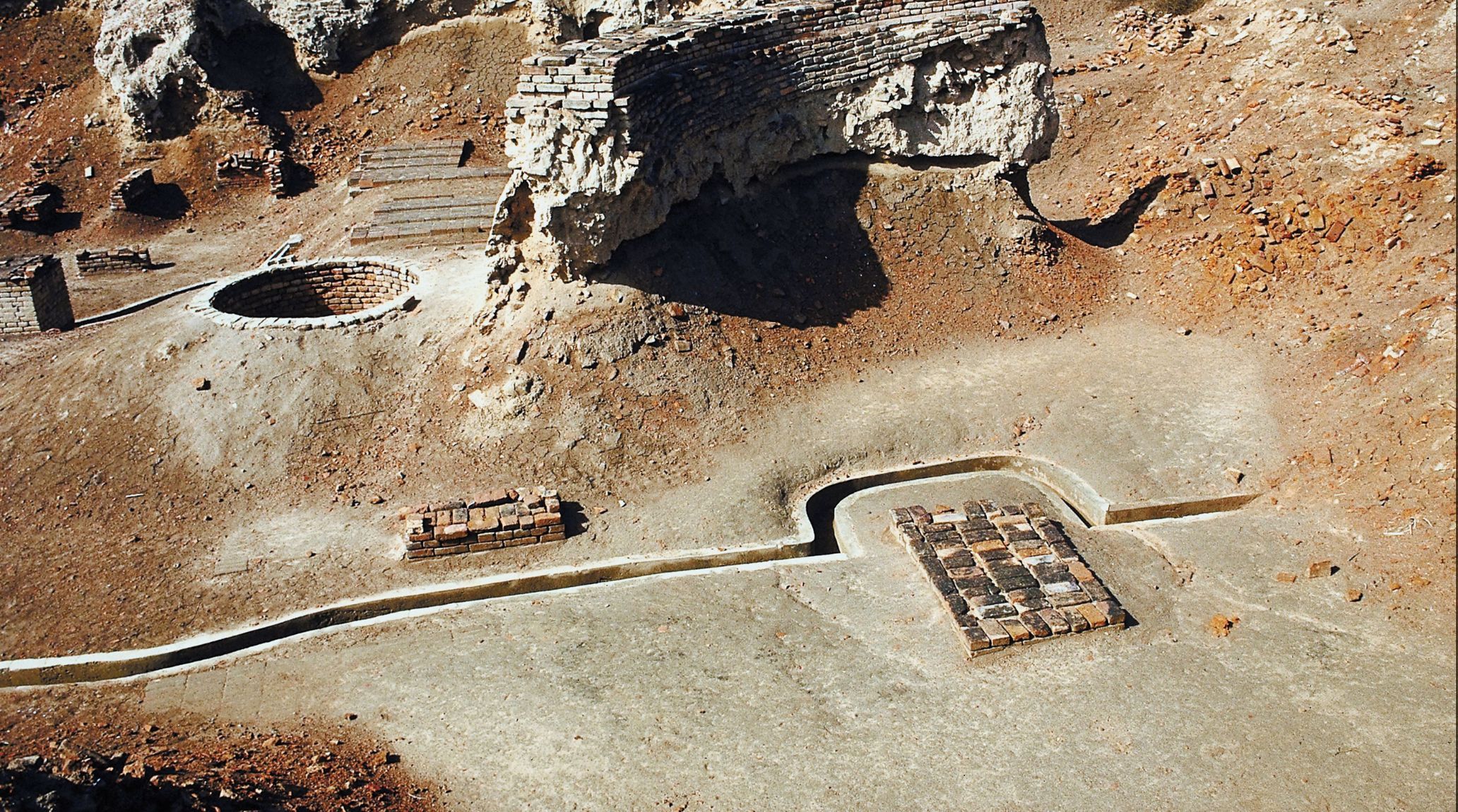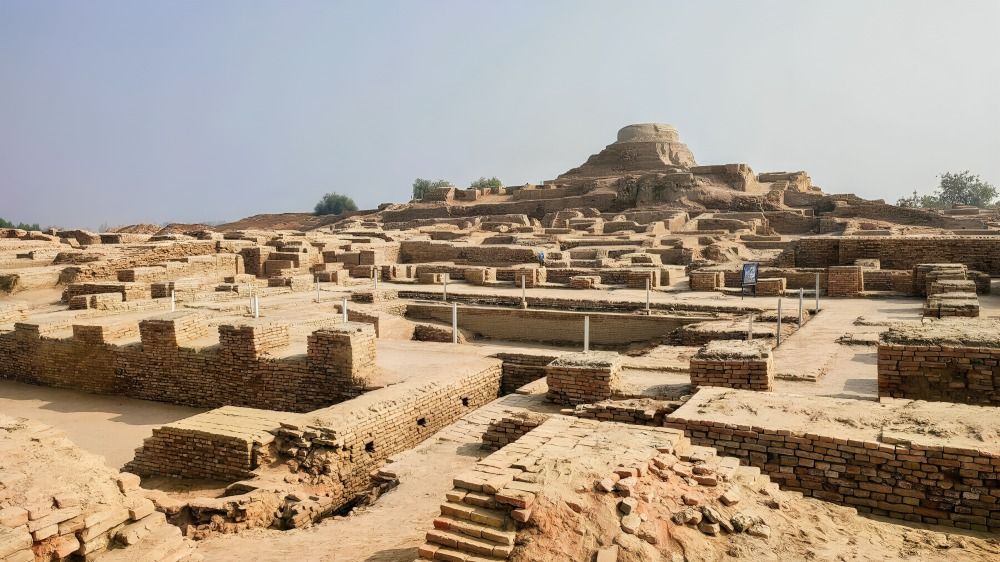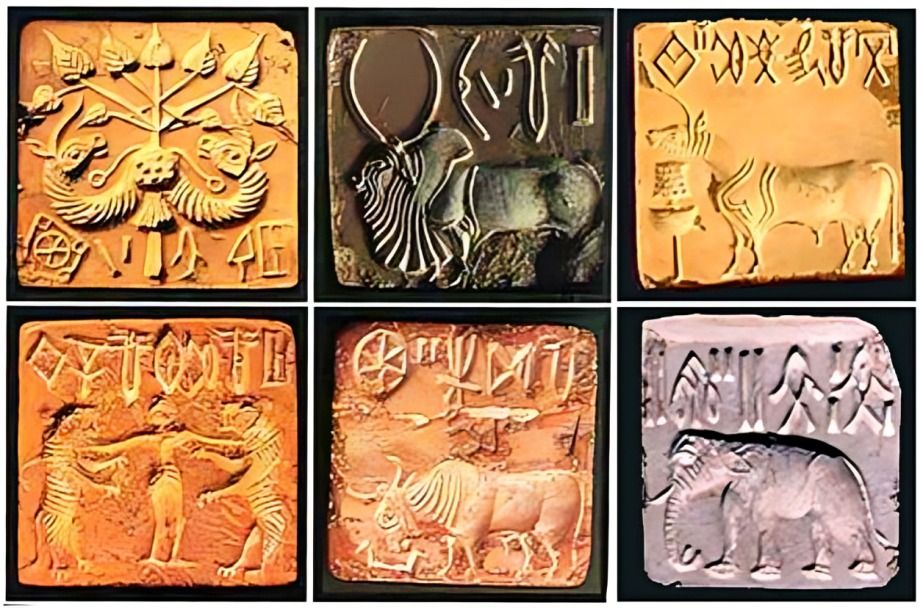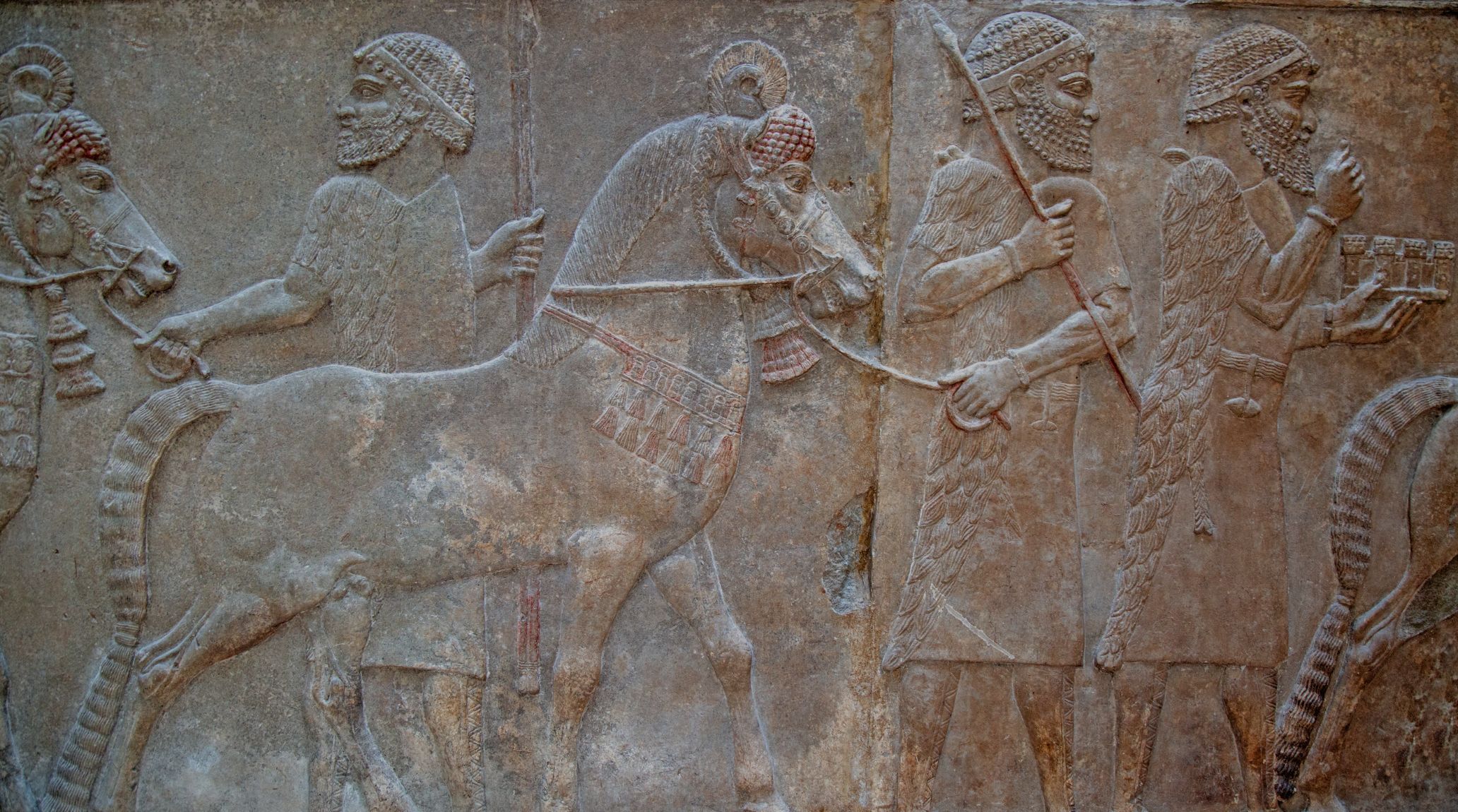
“
Harappa is a key site for learning about the Indus Valley Civilization because it was the first city found in this ancient culture. Discovered in the 1920s, Harappa gives us valuable information about how early cities were planned, built, and lived in. In this article, we look at 20 interesting facts about Harappa, focusing on its importance as the first city of the Indus Valley.1
1
”
The civilization was named the Indus Valley Civilization after its first discovery along the Indus River. However, while only about 100 sites have been found in the Indus Valley, over 500 sites have been uncovered until now. 1
The Harappan Civilization traces its origins to earlier cultures like Mehrgarh, around 6000 BCE. By approximately 2600 BCE, the prominent cities of Mohenjo-Daro and Harappa emerged along the Indus River in the regions of Punjab and Sindh. 2

Harappa, along with Mohenjo-Daro, shows some of the earliest examples of urban planning with its grid-like street layout and sophisticated drainage systems, predating most other ancient cities.
John Marshall was the first scholar to coin the term "Indus Valley Civilization." His pioneering work helped define and formalize the study of this ancient civilization. 3
According to radiocarbon dating, the Indus Valley Civilization flourished from around 2500 to 1750 BCE. This timeline marks the period of its significant development and eventual decline. 4
The most distinctive feature of the Harappan Civilization was its advanced urbanization. This is evidenced by its well-planned cities, sophisticated infrastructure, and organized social structure. 5
In the Indus Valley Civilization, the domestication of animals included sheep, goats, dogs, humped cattle, buffalo, and elephants. This reflects their advanced agricultural and pastoral practices. 6
The port cities of the Indus Valley Civilization include Sutkagendor, Balakot, Lothal, Allahdino, and Kuntasi. These locations were crucial for trade and maritime activities. 7
The people of the Indus Valley were skilled in using both cotton and wool. They produced finely crafted textiles from these materials, reflecting their advanced knowledge of weaving and textile production. 8
The art forms of the Indus Valley Civilization began to emerge prominently during the latter half of the third millennium BCE, around 2500 BCE and onwards. This period marks a flourishing of artistic expression and technological advancement. 9

Archaeologists have uncovered thousands of seals from Harappan sites, Most of the seals were crafted from steatite, a relatively soft stone. However, some seals were also made from materials such as gold, ivory, agate, terracotta, chert, and faience.
The Indus Valley Civilization was the largest of the four ancient civilizations, surpassing Mesopotamia, Egypt, and China in size. It covered a vast region across present-day Pakistan and northwest India. 10
The population of the Indus Valley Civilization exceeded 5 million, making it one of the largest ancient civilizations. This vast population contributed to its extensive urban development and trade networks. 11
The Indus Valley Civilization pioneered water management and wastewater disposal systems, implementing these advanced practices long before other ancient civilizations. Their expertise in urban planning set them apart in history.12
Archaeologists suggest that the wide streets of the Indus Valley Civilization indicate bustling market activities. Harappan streets were paved with burnt bricks, enabling the smooth movement of ox carts and facilitating trade. 13
In 1999, a stone inscription over 30 cm tall within a wooden frame was discovered at Dholavira. Archaeologists believe this may be the world’s first signboard, marking a significant early use of written symbols. 14
The presence of numerous public baths, efficient water management, running water in homes, and well-planned drainage systems highlight the significance of hygiene in Harappan life. 15
The Indus Valley Civilization was primarily agrarian, with agriculture forming its economic foundation. Trade and commerce also flourished during this period, indicating a well-developed and prosperous society. 16
The earliest traces of cotton in the world have been discovered in Mehrgarh, dating back to the sixth millennium B.C. The Indus Valley farmers were pioneers in spinning and weaving cotton. Additionally, cotton was one of the key export items from this region.17
When the cities of Harappa and Mohenjo-Daro were first discovered, archaeologists unearthed a large number of toys, including dice, whistles, and marbles. This led them to hypothesize that a significant portion of the inhabitants of these cities were children. 18


